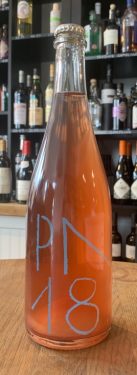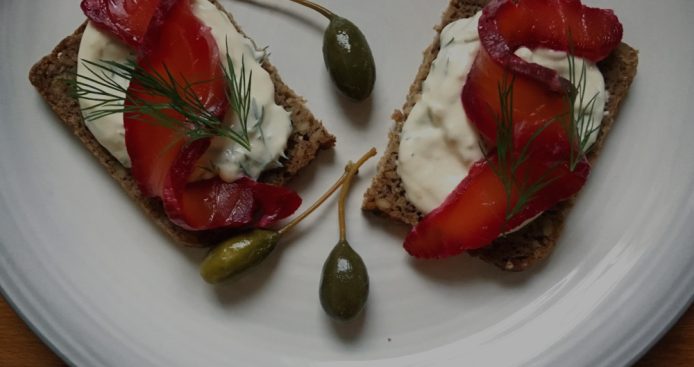Your Mini Basket

What is Pet Nat?
Get ready for the newest, oldest sparkling wine on the block.
To be quite honest, we're getting a bit bored of Prosecco, and given that we love naturally made wines, what better replacement than Petillant Naturel, or 'Pet Nat'?
But first, the science bit.
First, a brief primer on fermentation. When yeasts ferment sugar, whether inoculated with commercial varieties or naturally from exposure to wild yeasts from the air around us, the result is alcohol and the gas, carbon dioxide. If fermentation occurs in a sealed vessel, a tank or a bottle, for example, the gas is contained and dissolves into the liquid. When exposed to air again, the gas escapes in the form of bubbles.
The Traditional Method, or the even-more-tradition-aller method.
In the 'traditional method' of Champagne (and most English Sparkling Wine), a dry base wine is made first. A number of wines are often then blended, before being bottled with additional yeast and sugar, which kickstarts the secondary fermentation. The bottle is sealed, so the carbon dioxide belched out during fermentation is trapped. A number of steps follow to remove the dead yeast cells and top the wine back up.
Pet Nat, however, sees the initial wine bottled before the first fermentation has finished. The still-fermenting wine already contains sugar and live yeasts, so nothing has to be added. As the fermentation completes in the bottle, carbon dioxide is trapped, along with the yeasts that have now finished their work. This means that Pet Nat is often slightly cloudy. Either pour carefully to leave the sediment in the bottle, or upend it and enjoy the 'autolytic', sour bready flavours offered by the expired yeasts.
Summer Nights
The latter of these methods is often known as Ancestrale, or Rurale, and is in fact, even more traditional than the 'traditional method'. Monks in the Languedoc region in south-west France were known the produce the deliciously appley sparkling wines of Limoux in this way as far back as the 1500s. It's easy to imagine this being the result of a happy accident, a still wine bottled just slightly too early. Some precision is required though; too little sugar remaining and the petillance will barely register, too much and the bottle will explode...
These wines are deliciously accessible and perfect for summer drinking. They often have slightly less alcohol, partly from not having to add sugar late on and the flavours are fruit led: nectarine and lemons in white varieties or raspberry and forest fruits in the varying shades of pink. Here are three of our favourites.

Tillingham PN18
Tillingham PN18, Sussex, England
Ben Walgate is waiting very patiently for the hand-planted vines at his vineyard in East Sussex to mature. In the meantime, most of his grapes come from a range of growers across the south of England. This English Pet Nat is a lesson in how to handle this country's maligned early ripening grapes, like Dornfelder, Rondo and Ortega. With a deft touch, intervening as little as possible, it is becoming clear that these grapes do have something to say. Particularly when a portion of the grape skins are left in the fermenting wine to extract flavour, texture and colour. Just lovely to drink.
Domaine Le Roc 'Roc' Ambulle', Fronton, France
France is the ancestral home of Methode Ancestrale, and this one comes from the Fronton region just north of Toulouse. This Pet Nat has a lovely deep pink colour, owing to the local red grape Negrette and flavours of blackberry and raspberry. Only 9% alcohol makes this perfect lazy afternoon material. Makers of Pet Nat often buy into a wider ideology of affecting their wines and their land as little as possible. Domaine Le Roc practice responsible agriculture, like using grass as a cover crop to improve soil quality. We think you'll be hearing more and more about the producers who think and act sustainably.
Loxarel 'A Pel' Ancestral Pet Nat, Penedès, Spain
As the winery name suggests, Loxarel grow a lot of Xarel-lo, the unique grape of Cava. From vines amongst Spanish civil war bunkers in Penedès, Josep Mitjans has been making wine since he was 16. The grape gives this wine a slightly herbal, fennel-like lift, with apple, quince and nectarine fruit at the core.
It is Pet Nats like these that bridges the gap between cheaper Prosecco and considerably more expensive Champagne. These sparkling wines that express pure fruit are pleasurable in a way that none of their competitors can be, and we hope you love them too.





